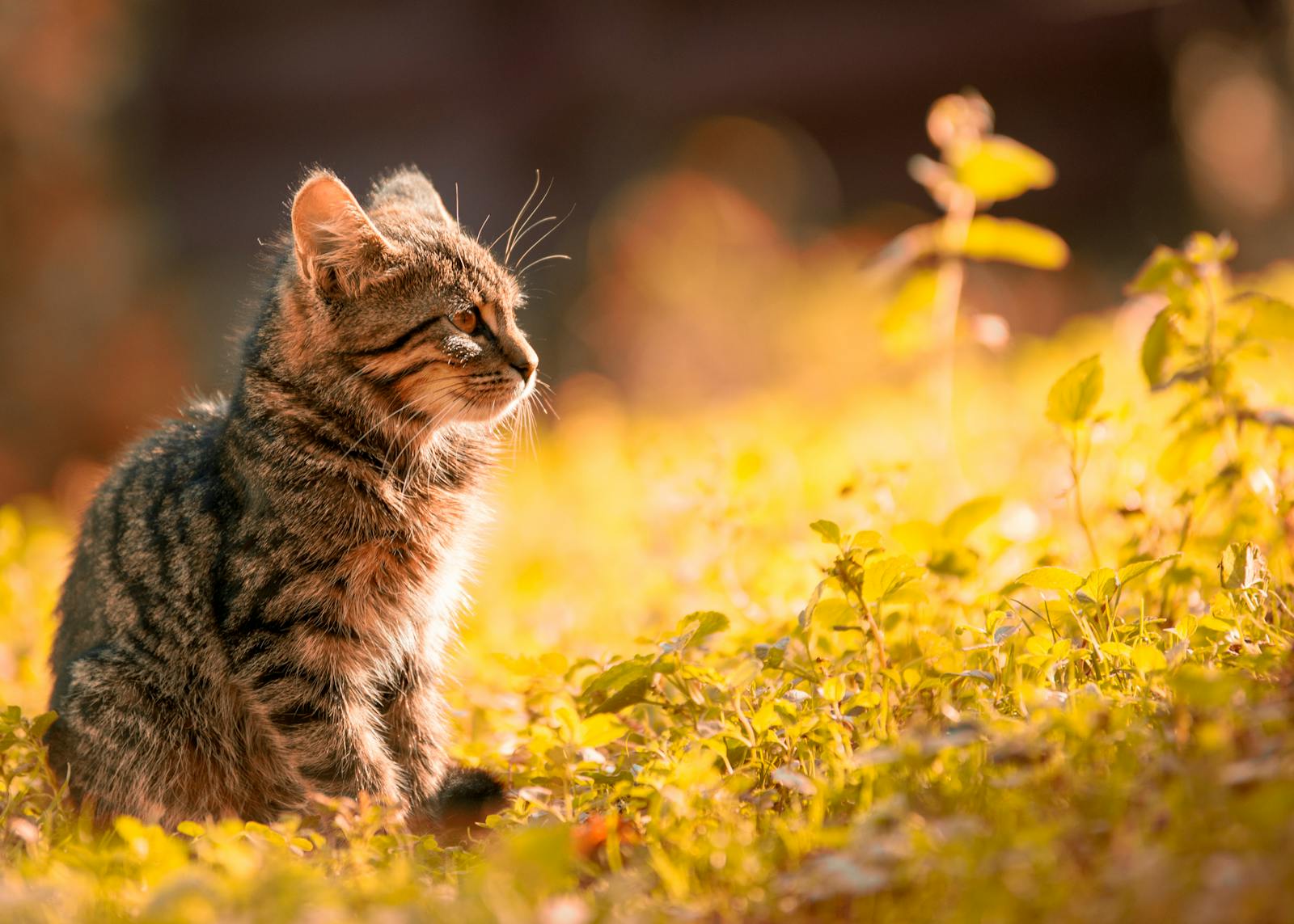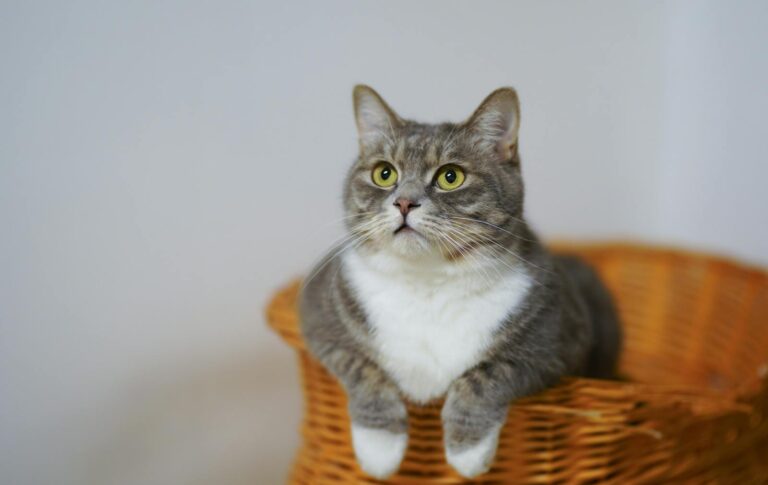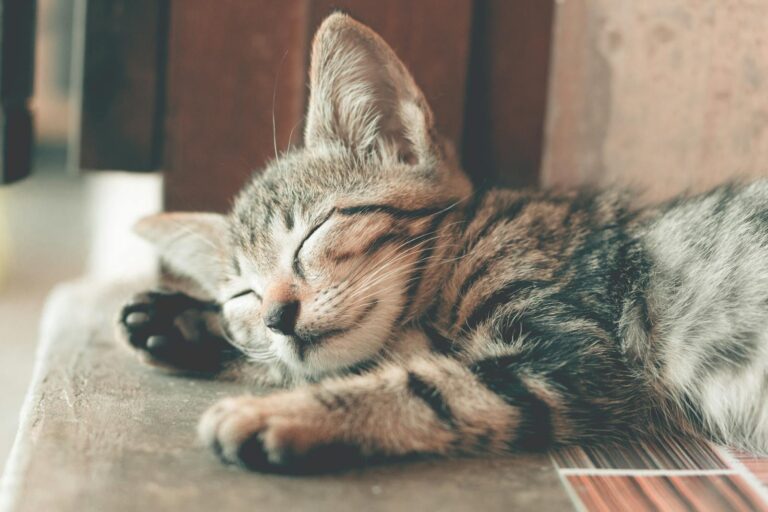Mastering the Art of Feline Nutrition – How to Read a Cat Food Label
Understanding how to read a cat food label: ingredients that actually matter is essential for every pet owner who wishes to provide their feline companions with the best nutrition possible. With the plethora of brands, claims, and packages available in the market today, it can be overwhelming to decipher what truly matters in your cat’s diet. By learning how to interpret these labels effectively, you can ensure that your beloved cat receives the nutrients they need for a long, healthy life while avoiding harmful ingredients that might compromise their well-being.
Decoding Cat Food Labels: Beyond the Hype
Navigating through a cat food label can often feel like reading a foreign language. The industry is filled with marketing jargon and catchy phrases designed to catch our attention rather than truly inform us. This section will help you understand the common terms found on cat food labels and their implications for your pet’s health.
Understanding Label Regulations
In most countries, including the United States, pet food labeling is regulated by government entities such as the Association of American Feed Control Officials (AAFCO). These regulations dictate what can and cannot be included on pet food packaging.
When looking at a cat food label, it’s crucial to know if the product meets AAFCO standards. This assurance indicates that the food has been formulated to meet certain nutritional levels required for cats. A statement like “meets AAFCO standards” is a positive sign, while the absence of such information should raise some red flags.
The terms used on labels can also be misleading. For example, phrases like “natural,” “holistic,” or “premium” are not formally defined by regulatory bodies, meaning manufacturers can use them liberally without substantial evidence backing those claims. Understanding these nuances empowers pet owners to make informed choices beyond the flashy package design.
The Importance of Guaranteed Analysis
Another important element found on cat food labels is the Guaranteed Analysis (GA). This section provides percentages for key nutrients such as protein, fat, fiber, and moisture. While this information is useful, it’s essential to note that GA numbers don’t tell the whole story regarding the quality of these ingredients.
For instance, a food may contain a high percentage of protein but from subpar sources. Always consider the ingredient list alongside the guaranteed analysis for a more comprehensive understanding. Additionally, look for foods that specify the source of protein, such as chicken or fish, rather than vague terms like “meat meal.”
Exploring Ingredient Lists
Ingredient lists on cat food labels are often ranked according to weight. Therefore, the first few ingredients usually hold the most significance regarding nutrition. If a carbohydrate source like corn or wheat is listed among the first ingredients, it might indicate a lower-quality product. Cats, being obligate carnivores, thrive on diets rich in animal proteins, so look for meat-based ingredients at the top of the list.
The ingredient list can reveal much about the nutritional value and overall quality of the food. However, it’s also important to be aware that the order of ingredients can be manipulated. Manufacturers might add various protein sources to boost the total protein count—making it look better on paper. This tactic can obscure the actual quality of the primary ingredients.
Key Ingredients in Cat Food: Understanding Nutritional Needs
Cats have unique dietary requirements that differ drastically from other pets, such as dogs. Understanding these needs is crucial when selecting the right food for your furry friend.
Essential Nutrients for Cats
There are several essential nutrients that cats require to maintain optimal health:
- Proteins: As obligate carnivores, cats require a diet high in protein derived from animal sources. Protein is essential for muscle development, energy production, and overall health.
- Fats: Healthy fats provide concentrated energy and support the absorption of fat-soluble vitamins. Omega-3 and omega-6 fatty acids play vital roles in skin and coat health, as well as brain function.
- Vitamins and Minerals: Vitamins (A, B, D, E, K) and minerals (calcium, phosphorus, potassium) are crucial for various physiological processes, including immune response and bone health.
- Taurine: This amino acid is critical for heart health and eye function; cats cannot produce enough taurine on their own, so it must be included in their diet.
All of these nutrients work together to keep your cat healthy and active. It’s imperative to choose cat food that meets these specific needs to prevent deficiencies that could lead to long-term health issues.
Tailoring Diets to Life Stages
Cats undergo different stages of life that affect their nutritional needs. Kittens, adults, and senior cats all require variations in their diet.
- Kittens require higher protein and fat levels to support rapid growth and development. Look for foods labeled specifically for kittens, which typically contain more of these essential nutrients.
- Adult cats generally thrive on a balanced diet of moderate protein and fat to maintain energy levels and weight.
- Senior cats may benefit from lower-calorie formulations to help manage weight while ensuring they still receive adequate protein to preserve muscle mass.
Understanding how to read a cat food label means recognizing the importance of tailoring diets to your cat’s life stage, ensuring they receive the right nutrition at every age.
Special Dietary Considerations
Some cats may have special dietary considerations based on their health needs. Chronic conditions such as kidney disease or diabetes require modifications in diet.
For instance, cats with kidney disease may need a diet lower in protein, whereas diabetic cats may require low-carbohydrate options to help regulate blood sugar. Work closely with your veterinarian to determine the best dietary approach for cats with health concerns, and always check the labels to find appropriate options.
Ingredients to Prioritize: Essential Nutrients for Feline Health
Selecting cat food that prioritizes high-quality ingredients is paramount for ensuring optimal health. This section delves deeper into the types of ingredients that should be prioritized.
High-Quality Proteins
When evaluating cat food, prioritize products with high-quality animal proteins as their primary ingredients. Look for specific meats such as:
- Chicken
- Turkey
- Beef
- Fish
These sources provide not only the necessary amino acids but also additional nutrients that contribute to overall health. Ingredients such as “chicken meal” or “turkey meal” are also acceptable since these meals often contain concentrated proteins.
Avoid vague terms like “meat by-products,” as these can include lower-quality protein sources. High-quality protein should be the cornerstone of any cat food, directly impacting your cat’s health and vitality.
Healthy Fats
Healthy fats are just as important as proteins in a cat’s diet. They provide energy and facilitate the absorption of essential vitamins. Look for animal fat or fish oil, which contain omega fatty acids.
Omega-3 and omega-6 fatty acids are particularly beneficial for skin and coat health, promoting a shiny coat and reducing shedding. Avoid foods with excessive fillers like corn oil or vegetable oils as primary fat sources, as these offer less nutritional value for your cat.
Whole Food Ingredients
Whole food ingredients such as fruits and vegetables can provide additional vitamins, minerals, and antioxidants that support overall health. Ingredients like blueberries, carrots, and spinach can enhance nutrient absorption and promote a healthy immune system.
However, cats do not have the digestive enzymes to break down plant materials effectively, so these ingredients should complement but not replace primary animal proteins. Reading labels carefully ensures that these ingredients are present in moderation and serve a meaningful purpose in your cat’s diet.
Probiotics and Prebiotics
Probiotics and prebiotics have gained attention in pet nutrition, providing significant benefits for gut health. Probiotics are live beneficial bacteria that support digestion, while prebiotics are fibers that foster the growth of these good bacteria.
Including these in your cat’s diet can help maintain optimal gut flora and improve overall digestive health. Look for cat foods that explicitly mention added probiotics or prebiotics to reap the benefits of these ingredients.
Ingredients to Be Wary Of: Avoiding Fillers and Harmful Additives
While it’s essential to identify quality ingredients, being aware of harmful or low-quality components is equally vital when interpreting cat food labels.
Common Fillers to Avoid
Fillers are ingredients that provide little nutritional value and can detract from the overall quality of cat food. Common fillers to watch out for include:
- Corn
- Wheat
- Soy
These ingredients are often used to bulk up food at a lower cost but can result in an unbalanced diet lacking in the necessary nutrients for your cat. Cats may find it harder to digest these fillers compared to high-quality proteins, leading to potential gastrointestinal issues.
Artificial Additives and Preservatives
Many commercial cat foods contain artificial flavors, colors, and preservatives that can be harmful to your cat’s health. Specific additives like BHA, BHT, and ethoxyquin have been linked to health concerns over time.
Instead, opt for foods that utilize natural preservation methods such as tocopherols (vitamin E) or rosemary extract. These natural options provide the same shelf life without posing risks associated with synthetic chemicals.
Meat By-Products and Low-Quality Meals
As previously mentioned, meat by-products refer to the leftover parts of animals not deemed fit for human consumption. While they can provide some protein, the lack of transparency around these ingredients is concerning.
Low-quality meals, which may include unspecified animal sources or rendered products, should also be approached cautiously. Instead, focus on foods that specify the type of meat used and ensure that animal protein is among the top three ingredients.
Grains and Carbohydrates
Although cats do not require grains in their diet, some cat foods contain grains or other carbohydrates as fillers. While small amounts of digestible grains may not harm your cat, large quantities can lead to obesity and other health issues.
Be cautious of formulas with high carbohydrate content, as they can lead to insulin resistance and diabetes. Always consider your cat’s individual needs and consult with a veterinarian before making any dietary changes.
Practical Guide to Reading and Comparing Cat Food Labels
Armed with knowledge about essential ingredients and harmful additives, it’s time to explore practical strategies for effectively reading and comparing cat food labels.
Step-by-Step Guide for Reading Labels
Reading cat food labels doesn’t have to be daunting. Here’s a simple step-by-step guide to help you navigate the process:
- Start with the Name: Look for the brand and product name to ensure you’re considering reputable companies known for high-quality ingredients.
- Check the AAFCO Statement: Confirm that the food meets AAFCO standards, indicating it has been formulated to provide complete nutrition.
- Examine the Guaranteed Analysis: Review the guaranteed analysis to assess the macronutrient profiles, focusing on protein and fat content.
- Study the Ingredient List: Examine the first five ingredients, ensuring quality animal protein is at the top, followed by healthy fats and minimal fillers.
- Look for Certifications: Some brands carry certifications indicating adherence to specific quality standards or sourcing practices.
By following this guide, you can quickly evaluate whether a particular cat food brand aligns with your expectations and your cat’s needs.
Comparing Different Brands
Once you’ve learned how to read labels, comparing different cat food brands becomes easier. Here are some tips for effective comparison:
- Create a Checklist: Develop a checklist outlining the essential criteria you’re looking for in a cat food product—high-quality protein, absence of fillers, and the inclusion of healthy fats.
- Use Online Resources: Many websites and forums provide reviews and comparisons of popular cat food brands. Researching these can give insights into other pet owners’ experiences.
- Consult with Your Vet: Your veterinarian can offer personalized recommendations based on your cat’s age, weight, and specific health concerns while considering the various brands available.
By systematically comparing brands using consistent criteria, making informed decisions becomes straightforward, ultimately leading to a healthier choice for your feline friend.
Keeping Up with Trends in Pet Nutrition
Pet nutrition is an ever-evolving field, with new research, trends, and products continuously emerging. Staying updated allows you to adapt your cat’s diet as necessary to reflect current information.
- Follow Veterinary Studies: Stay tuned to studies published in veterinary journals related to pet nutrition. These resources provide valuable insights into what constitutes optimal feline diets.
- Join Pet Nutrition Forums: Engaging with online communities dedicated to pet care can expose you to diverse opinions, experiences, and recommendations from knowledgeable individuals.
- Attend Workshops or Seminars: Look for local workshops hosted by veterinarians or pet nutritionists to gain firsthand knowledge on cat food and nutrition topics.
Keeping your finger on the pulse of evolving pet nutrition trends empowers you to make the best decisions for your feline companion’s lifelong health.
Making Informed Choices: Selecting the Best Cat Food for Your Feline Companion
With a solid understanding of how to read labels and the key elements of cat nutrition, you’re now positioned to make informed choices when selecting the best cat food for your companion.
Choosing Between Dry, Wet, or Raw Diets
Cat food comes in various forms—dry kibble, wet canned food, and raw diets. Each has its advantages and disadvantages.
- Dry kibble tends to be convenient and cost-effective but may lack water content that is essential for hydration. Look for high-quality dry food that is rich in protein and low in fillers.
- Wet food often contains higher moisture levels, benefiting cats who may not drink enough water. Choose canned food that prioritizes real meat as the primary ingredient and avoids unnecessary fillers.
- Raw diets can be beneficial for cats, simulating their natural prey-based eating habits. However, raw diets must be handled carefully to avoid contamination. Consult with a vet before transitioning to this type of diet.
Ultimately, the best choice depends on your cat’s preferences and health needs. Experimenting with different types of food can help you discover what works best for them.
Considering Allergies and Sensitivities
Just like humans, some cats can develop allergies or sensitivities to specific ingredients. Common allergens include:
- Beef
- Dairy
- Fish
- Grains
If you suspect your cat has allergies, consult your veterinarian for guidance on conducting elimination trials to identify problematic ingredients. Once identified, select cat food free from these allergens to prevent adverse reactions.
Budgeting for Quality
While high-quality cat food often comes with a higher price tag, budgeting for your pet’s nutrition is crucial. Investing in quality food now can prevent costly health issues down the road.
Evaluate your budget and seek out brands that offer high-quality ingredients without breaking the bank. Many mid-range brands provide excellent nutritional profiles while remaining affordable.
Don’t forget to check for sales and promotions that can help ease financial strains while ensuring your cat receives proper nutrition.
Conclusion
Navigating the world of cat food labels can be complex, but with the right tools and knowledge, it becomes manageable. Understanding how to read a cat food label: ingredients that actually matter enables you to make informed choices that cater to your feline friend’s unique nutritional requirements. Focus on high-quality proteins, essential fats, and vitamins while avoiding fillers and harmful additives. By prioritizing your cat’s health through careful label analysis and ingredient selection, you can ensure a long, healthy, and happy life for your beloved companion.







